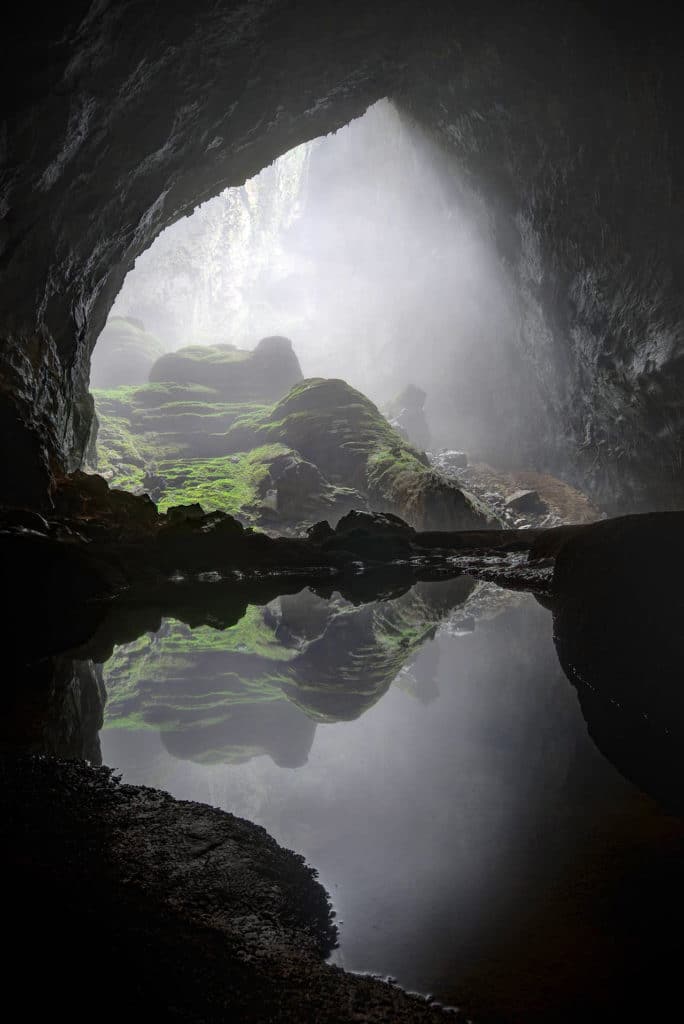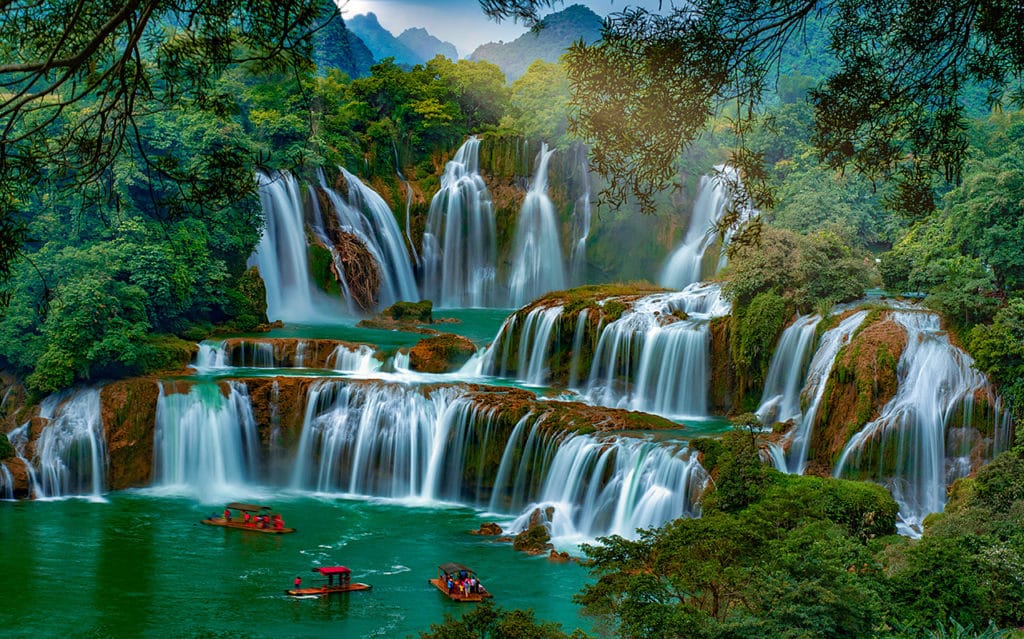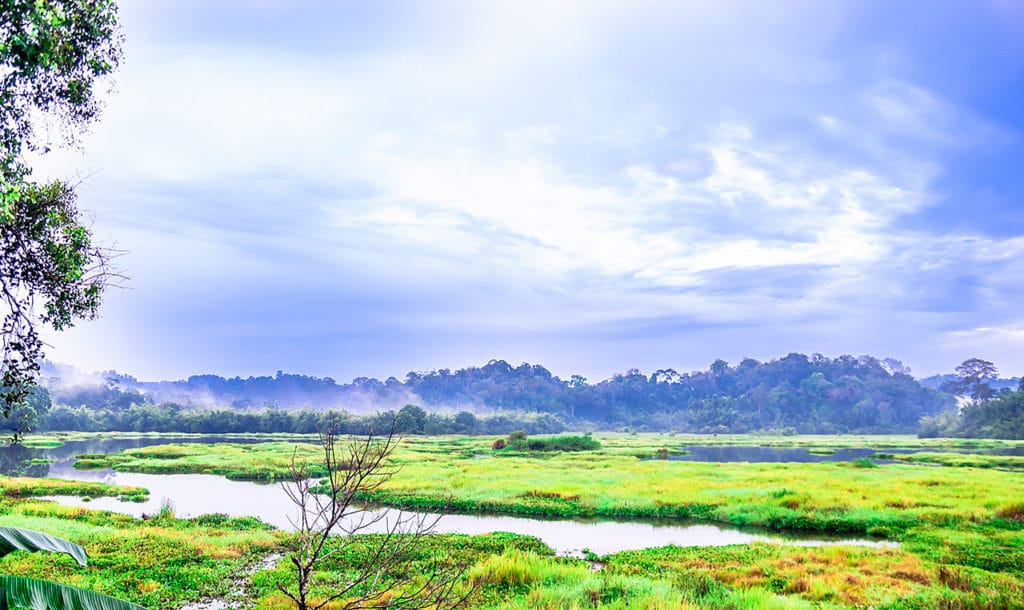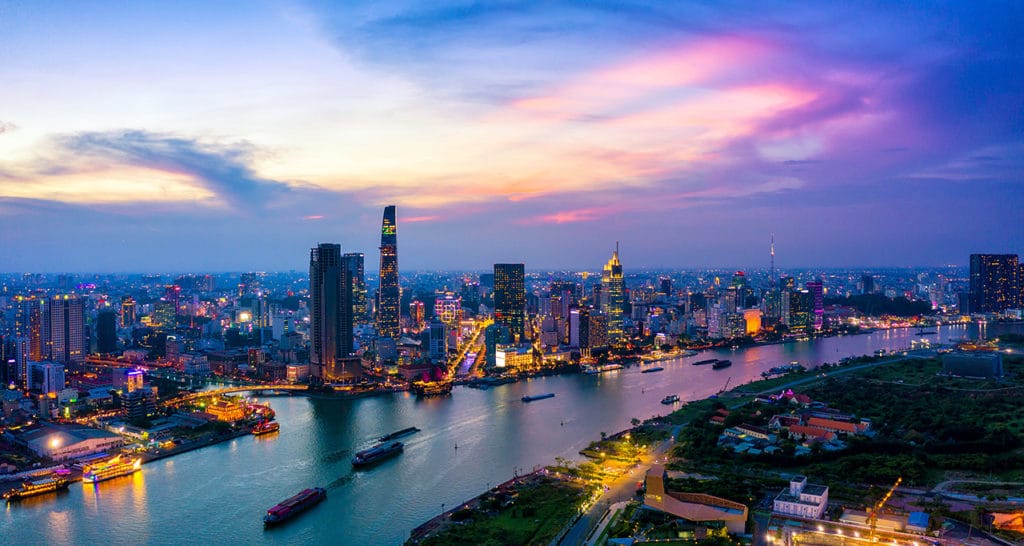Every year, Vietnam attracts thousands of tourists due to its rich cultural and historical heritage.
Vietnam is one of the top three countries that had the highest growth in foreign tourists in the world. It’s a top choice for vacation.
So, when to visit Vietnam to fully take advantage of your stay? And where should you go to discover the country differently?
The best time to visit Vietnam
Vietnam is a very mountainous country in Southeast Asia. It has a subtropical climate in the north and a tropical climate in the south. The country enjoys a warm and humid climate, characterized by two main seasons: the dry season (from November to April) and the rainy season (from May to October). However, there are significant disparities from one region to another, because the altitudes and latitudes are very diverse.
In the north of the country, the winter is intense and the weather is often foggy between December and March. If you are considering discovering the breathtaking landscapes of the north, prefer dates between October and December. This way, you will avoid typhoons and the high heat of spring as well as violent rains.
In the south, the heat is almost permanent throughout the year with less humidity in winter. To visit this part of the country, plan your trip between November and April, during the dry season. In one word, the climate of Vietnam is complex and makes stays in this country breathtaking. In general, it is favorable from north to south between March and April. However, it all depends on your interests and what you wish to discover. The Where and When to Leave site can be a really useful aid for more complete information on the subject.
The Son Doong cave, in the center of Vietnam

Located in the Phong Nha-Ke Bang National Park, the Son Doong cave is the largest cave in the world. It is a cavity 9 km long, one of its galleries is over 200 meters high and 100 meters wide. This one, with its size and volume, could contain two Boeing 747 planes. Its walls host a virgin forest, a river and a waterfall. Today it is the main attraction of Phong Nha Park and Central Vietnam.
This mythical place promises you a unique experience, because it is still relatively preserved from mass tourism.
Ban Gioc Falls, a magnificent landscape in the north of the country

The Ban Gioc falls are the largest waterfalls in Vietnam with 30 meters high and 300 meters wide. Located on the Quây Sơn river, they fall on a series of terraces formed by rocky spurs. It’s one of the most impressive natural sites in the country. Its magnificent pastoral landscape and its spectacular waterfalls are still little known to visitors. Why not take a tour during your next stay in Asia?
The magnificent landscapes of the southern country

The south of Vietnam offers sumptuous landscapes hidden between the wild jungle and its superb beaches. It hosts several tourist sites and a wide range of captivating destinations such as the Cat Tien national park, as well as the vegetal and aquatic maze of the Mekong delta.
This amazing region offers a superb colonial architectural heritage in cosmopolitan cities such as Ho Chi Minh. Beautiful resorts will also be able to welcome you.

In summary, Vietnam offers a very impressive tourist appeal. But to benefit from your visits to its various regions, you will need to plan your stay during a period when the climate is favorable.
[bzkshopping keyword=”guide vietnam”]

